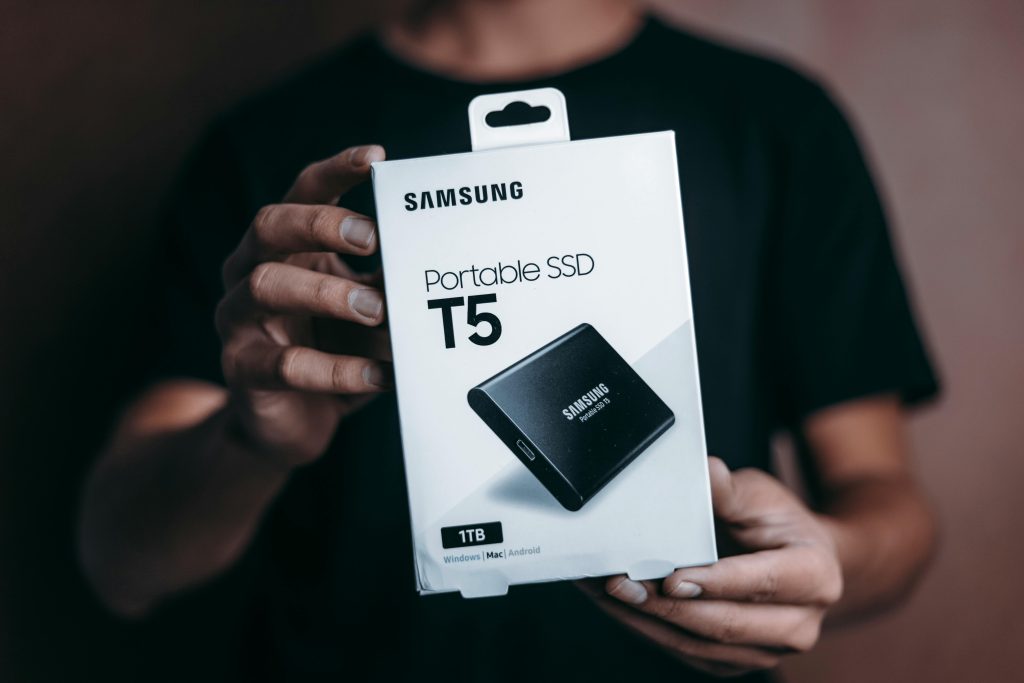Optimizing Application Launch Times on Windows 11: Troubleshooting and Solutions
Introduction
Experiencing prolonged application launch times can be a frustrating obstacle for many Windows 11 users, especially those engaged in development work or frequent software installations. If you find that launching programs such as web browsers, games, or utilities takes an unusually long time, despite their proper installation, you’re not alone. This article explores common causes of slow application startup on Windows 11, examines diagnostic steps, and provides effective solutions to enhance performance.
Understanding the Issue
Many users report that applications initially take an extended period to open, sometimes requiring 20–30 minutes for the first launch. Subsequent openings, however, tend to be significantly faster. Task Manager often indicates that applications start with minimal RAM usage but gradually consume more as they load, until they reach typical operational levels and function normally.
Similar behaviors are observed with games like Valorant, where the first startup can be extraordinarily lengthy, but later launches are much quicker. Additionally, issues with installing applications such as VLC or Nighty, or launching games via Steam—particularly when stuck on components like DirectX installations—are common symptoms.
Common Troubleshooting Steps
Several standard troubleshooting procedures often do not resolve these issues, including:
- Running System File Checker (sfc /scannow)
- Executing Deployment Image Servicing and Management (DISM) commands
- Restarting or resetting Windows services related to installation
- Disabling antivirus and firewall temporarily
- Updating device drivers
- Ensuring Windows updates are installed
Despite these efforts, the problem may persist, indicating the need for more targeted solutions.
Potential Causes
The root causes can vary but often include:
- Corrupted or outdated Windows system files
- Storage issues, such as fragmented or slow drives
- Insufficient system resources or misconfigured hardware
- Problems with Windows update processes or installation files
- Compatibility issues or misconfigured system settings
Effective Solutions
One effective method, as shared by users experiencing similar problems, involves performing a repair installation of Windows 11. Here’s a step-by-step guide:
-
Download the Latest Windows 11 ISO
Visit the official Microsoft website and download the latest Windows 11 ISO file suitable for your system. -
Mount the ISO File
Right-click the ISO and choose “Mount” to create a virtual drive containing the installation files. -
Run the Setup Program
Open the mounted drive and executesetup.exe. -
Begin the In-Place Upgrade
Share this content:

